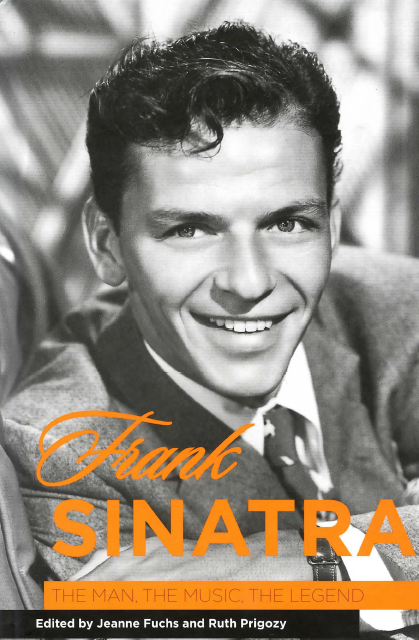15 - Sinatra Satire: Fifty Years of Punch Lines
Published online by Cambridge University Press: 10 March 2023
Summary
Frank Sinatra was satirized for as long a period, and in as many different media, as anyone in the twentieth century. From animated cartoons of the 1940s through television sketches of the 1990s, these parodies were both a reflection of, and a force behind, the public perception of Sinatra. They also speak to the dramatic way American comedy changed over that fifty-year period.
When Sinatra came to prominence in the late 1930s, his concerts included bobby-soxers who rushed the stage, screamed, and even fainted. The earliest Sinatra jokes were based on his phenomenal effect on young women. A print cartoon from the early forties showed a G.I. on a ladder outside his girlfriend's window, ready to elope. She kept him at bay saying, “Do you mind waiting a few minutes, Henry? I’m listening to Frank Sinatra.” Another depicted a teenager in a plaid skirt and saddle shoes weeping over her record player. Her father asked her mother, “Isn't she feeling well, or is that Frank Sinatra?” A Frank Beaven cartoon showed three literally wild women clinging to the bars of a cell as a guard tells a visitor, “This is our Frank Sinatra ward.”
These cartoons were as innocent as Sinatra satire would ever get. They commented on the “Sinatra phenomenon” rather than on the man and did so in a flattering way. The mere name “Frank Sinatra” is the punch line in all three cases. There is no actual rendering of Sinatra in any of them and, considering that his fame was derived from recordings and radio, no rendering was necessary. This would soon change, however, when animated cartoons developed a comedic “Sinatra look.”
Between 1944 and 1950, at least seven animated cartoons from three different studios depicted characters based on Frank Sinatra. “Frankie” (as he was called in many) was typically a bone-thin crooner who sang into a stand-up microphone, wore a huge bow tie, and made females squeal and faint. Although Sinatra never lent his voice to any of these cartoons and the name “Sinatra” was never used, there was no doubt (then or now) who was being parodied.
- Type
- Chapter
- Information
- Frank SinatraThe Man, the Music, the Legend, pp. 133 - 146Publisher: Boydell & BrewerPrint publication year: 2007



